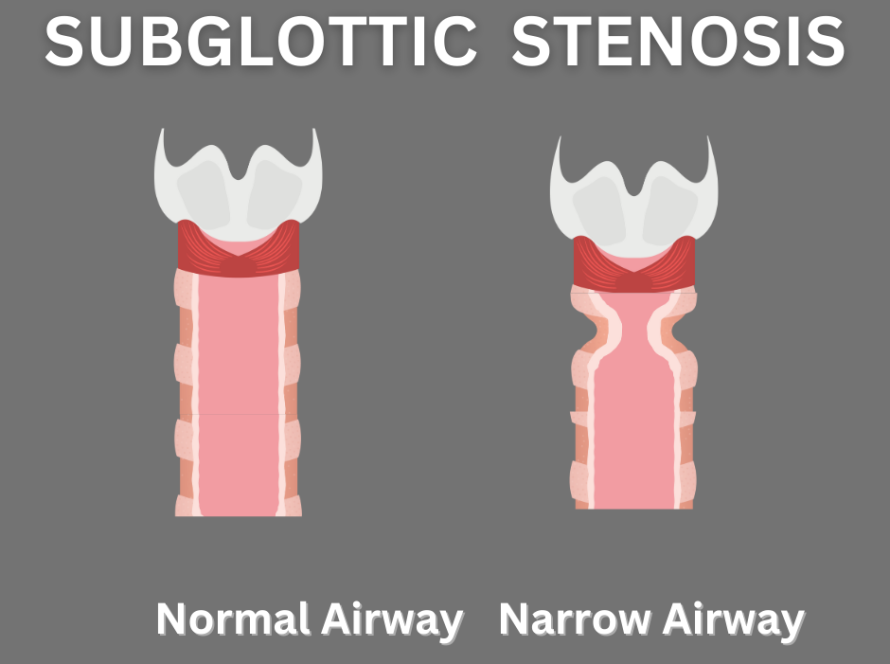Cystic Fibrosis (CF) is a chronic genetic condition that affects the lungs and digestive system. One of the key challenges in managing Cystic Fibrosis (CF) is maintaining clear airways. For children with Cystic Fibrosis (CF) , Chest Physiotherapy plays a crucial role in Airway Clearance, helping to prevent lung infections, improve breathing, and enhance overall quality of life.
In this article, we will explore what Chest Physiotherapy entails, how it benefits children with Cystic Fibrosis (CF), and the various techniques involved. We’ll also answer some frequently asked questions that parents often have about this essential therapy.
What is Cystic Fibrosis (CF)?
Cystic Fibrosis (CF) is a genetic disorder that leads to the production of thick, sticky mucus in various organs, especially the lungs and digestive system. This mucus can block airways, making it difficult for children to breathe and increasing the risk of infections. Effective management of Cystic Fibrosis (CF) includes medications, nutrition, regular monitoring, and most importantly, Airway Clearance Techniques (ACTs) like Chest Physiotherapy.
Why is Chest Physiotherapy Important in Cystic Fibrosis (CF)?
Children with Cystic Fibrosis (CF) cannot effectively clear mucus from their lungs on their own. Over time, this mucus becomes a breeding ground for bacteria, causing repeated lung infections and progressive damage.
Chest Physiotherapy helps to:
Loosen and mobilize mucus in the lungs
Improve lung function and oxygenation
Reduce the risk of infections
Delay disease progression
Improve exercise tolerance and overall health
Common Chest Physiotherapy Techniques for Children
There are several methods of Airway Clearance used in children with Cystic Fibrosis (CF):
Manual Percussion and Postural Drainage
A caregiver or physiotherapist uses cupped hands to clap over the chest and back while the child lies in specific positions to drain different lung segments.Positive Expiratory Pressure (PEP) Therapy
The child breathes out against resistance using a special device. This helps open the airways and move mucus toward the larger airways where it can be coughed out.Oscillating Devices (e.g., Flutter, Acapella)
These handheld devices combine PEP with vibrations that loosen mucus.High-Frequency Chest Wall Oscillation (HFCWO)
This involves wearing a vest that rapidly inflates and deflates, creating vibrations to dislodge mucus.Active Cycle of Breathing Techniques (ACBT)
A series of breathing exercises including deep breathing, breathing control, and forced expiratory techniques to move mucus.
When Should Chest Physiotherapy Be Done?
For children with Cystic Fibrosis (CF) , Chest Physiotherapy is typically recommended:
Twice daily during stable periods
More frequently during respiratory infections or exacerbations
Before meals or at least an hour after eating to avoid discomfort
Consistency is key. A personalized plan developed by a pediatric pulmonologist or physiotherapist ensures maximum effectiveness.
How Parents Can Help
Parental involvement is critical in ensuring therapy is done correctly and regularly. Children may need encouragement, especially when they’re tired or unwell. Making therapy time interactive or using reward systems can motivate younger children. Working closely with a pediatric pulmonologist and trained respiratory therapist will help adjust techniques as the child grows and their needs evolve.
Chest Physiotherapy is a cornerstone of care for children with Cystic Fibrosis (CF). Regular and effective Airway Clearance not only helps maintain better lung function but also contributes to a longer and healthier life. Parents and caregivers play a vital role in making therapy sessions effective and stress-free. If your child has Cystic Fibrosis (CF) , consult a pediatric pulmonologist to create a tailored chest physiotherapy regimen that meets your child’s unique needs.
Conclusion
1. How early should Chest Physiotherapy begin in children with Cystic Fibrosis (CF) ?
Chest Physiotherapy often starts in infancy, soon after diagnosis, to prevent early mucus buildup and lung damage.
2. Is Chest Physiotherapy painful for children?
When done correctly, chest physiotherapy is not painful. Some children may feel discomfort initially, but most adjust well over time.
3. Can older children and teens do airway clearance independently?
Yes, with proper training and the right devices, many older children and teens can perform their own airway clearance therapy under supervision.
4. Are medications needed along with Chest Physiotherapy?
Yes, inhaled bronchodilators, mucolytics (like hypertonic saline or dornase alfa), and antibiotics are often used alongside physiotherapy to enhance mucus clearance and treat infections.
5. Can Chest Physiotherapy be skipped on good days?
It is not advisable. Even when children feel well, mucus continues to build up. Skipping therapy can lead to infections and long-term lung damage.






